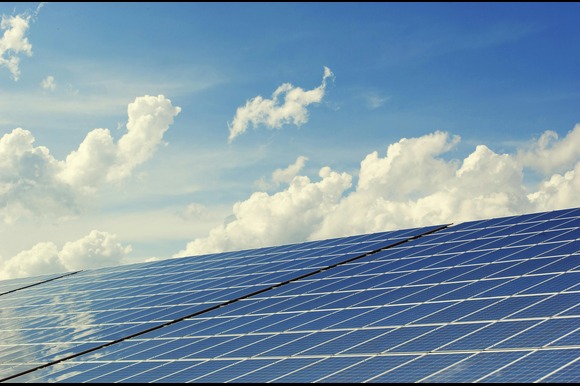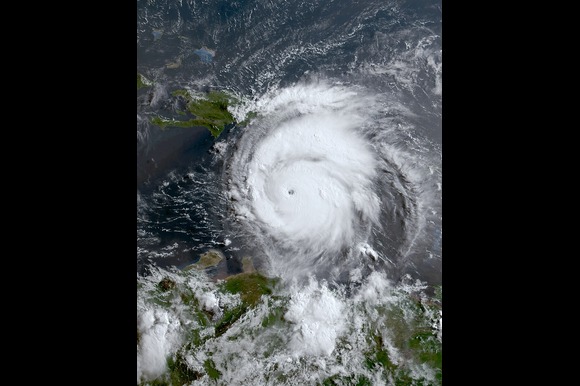
Photo by Pixabay
U.S. energy officials are conducting a fresh evaluation of security risks posed by Chinese-manufactured devices that are deeply embedded in renewable energy infrastructure. This renewed scrutiny follows the recent discovery of unexplained communication hardware within several Chinese-made power components, raising national security concerns.
Security analysts examining grid-connected energy equipment have identified undocumented communication devices hidden inside some Chinese solar power inverters. These devices were not included in official product documentation. Power inverters—essential tools that connect solar panels, wind turbines, batteries, and electric vehicle chargers to energy grids—are predominantly produced in China and are widely used across global markets. Although these inverters are designed to allow remote access for software updates and maintenance, many utility companies in the United States employ firewalls to prevent direct data exchanges with Chinese servers.
However, recent findings suggest that this protective measure may not be sufficient. Investigators have found unauthorized communication components—including cellular radios—embedded in some batteries from Chinese suppliers over the past nine months. While the precise number of inverters and batteries examined has not been disclosed, the presence of such hidden hardware raises the possibility of covert communication channels that could bypass traditional cybersecurity defenses, potentially leading to severe consequences if exploited.
Mike Rogers, former director of the U.S. National Security Agency (NSA), commented on the strategic implications, suggesting that China might be betting on the West’s widespread dependency on these inverters to limit options for mitigating the threat. “We know that China believes there is value in placing at least some elements of our core infrastructure at risk of destruction or disruption,” Rogers warned.
In response, a spokesperson for the Chinese embassy in Washington pushed back against the claims, accusing the U.S. of politicizing infrastructure concerns. “We oppose the generalisation of the concept of national security, distorting and smearing China’s infrastructure achievements,” the spokesperson stated.
Despite the growing concerns, the U.S. government has not yet publicly confirmed the specific findings. The Department of Energy (DOE), in a general response, said it regularly assesses security threats tied to emerging technologies. “While this functionality may not have malicious intent, it is critical for those procuring to have a full understanding of the capabilities of the products received,” a DOE spokesperson said.
The situation unfolds amid escalating U.S.-China tensions, with American lawmakers and regulators increasingly wary of Chinese involvement in key energy infrastructure. According to two former government officials, several countries are also revisiting their reliance on Chinese technology due to fears of potential espionage or cyber vulnerabilities.
In February, two U.S. senators introduced legislation titled the Decoupling from Foreign Adversarial Battery Dependence Act. The bill seeks to prevent the Department of Homeland Security from procuring batteries from specific Chinese manufacturers beginning in October 2027. The proposed law, which was referred to the Senate Committee on Homeland Security and Governmental Affairs on March 11, targets six firms allegedly linked to the Chinese Communist Party—CATL, BYD, Envision Energy, EVE Energy, Hithium, and Gotion High-tech.
While the bill has not yet become law, it underscores growing momentum in Washington to limit China’s footprint in American energy infrastructure. Meanwhile, utility companies are bracing for a broader crackdown on Chinese inverter makers. Some, including Florida Power & Light, have already begun diversifying their supplier base in anticipation of potential government restrictions.
As the investigation continues, the findings may accelerate efforts to reduce dependence on foreign technology and increase domestic production of renewable energy components, especially those integral to grid security and national resilience.




